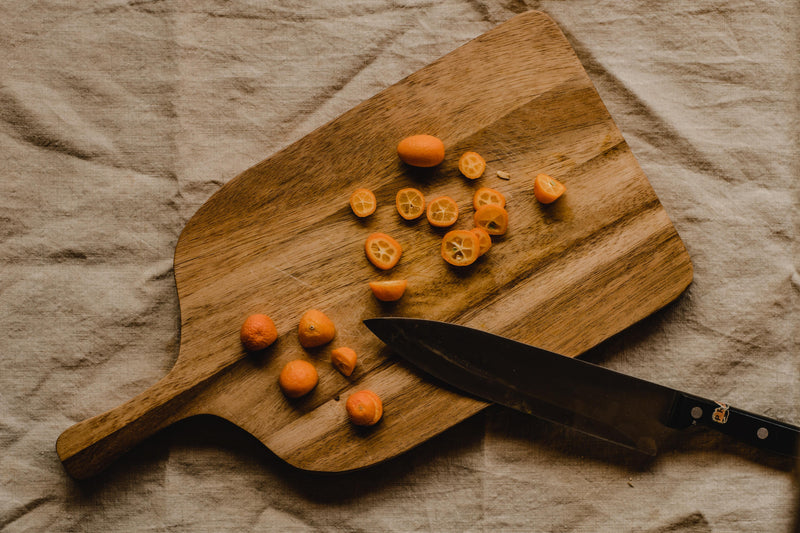A guide to the fruit in Korea

What is the most popular fruit in Korea?
The most popular fruit in Korea is said to be the red apple. Apples are also one of the most important fruits in Korean culture, often given as gifts in decorative boxes and eaten during celebrations. Apples are expensive in Korea as they are domestically grown which makes them a generous gift. In fact, Koreans believe that seasonal fruits are the best. Therefore the most widely consumed fruit will change depending on the season. For example, the strawberry is the most loved fruit in the spring and during the winter the mandarin is most popular.
10 Korean fruits you need to try
1. Yuzu (yuja)
The yuzu originated from China, but it was introduced to Japan and Korea during the Tang dynasty (618 to 906 A.D.) and is still cultivated there. Compared to the polished and regimented fruit we are used to buying in supermarkets, the yuzu looks rather imperfect: bumpy and misshapen, like a lemon or lime that didn’t quite make the cut. It tastes citrusy, like a combination of grapefruit, lemon and lime, but it is too tart to eat raw. Koreans use yuzu to make delicious desserts, marmalades and teas such as yuzu iced green tea.
2. Persimmon (gam)
Also known as ‘the Korean mango’, there are two main types. The astringent persimmon reflects the mango shape, but the non-astringent persimmon is actually shaped more like a tomato. Their outside skin ranges from pale yellow, to red-orange, with yellow-orange flesh inside with a soft jelly-like texture. And they taste sweet; many people compare the flavour to honey. Dried persimmon is useful for drinks such as Korean cinnamon punch, known as ‘sujeonggwa’, as well as for teas.
3. Magnolia berry
Magnolia berry is a red berry with a rather striking spherical shape. It’s got quite a complex flavour: sour, sweet, salty and pungent! In Korea, omija cha (magnolia berry tea) is a must-try. You can also eat the magnolia berry on its own, or added to cereals, desserts or salads.
4. Kumquat (geum gyul)
Compared to other citrus fruits, the kumquat is small; not much bigger than a grape or olive (like a tiny bite-sized orange). But the taste packs a punch! There are several types: the oval kumquat has a sweet-ish peel and tart-sweet flesh, while the round kumquat has a slightly less sweet peel and sour flesh. Cold, fresh kumquat juice is perfect to sip on a warm day. Kumquats can also be used in jams or salads, or as a topping for a dessert or ice cream and they can also brighten up meat or tofu dishes.
5. Kyoho grapes (podo)
Kyoho grapes are blackish-purple. They taste very sweet (with the bitter pips and skin removed!). In Korea the grapes are usually eaten as a dessert, but they can also be added to salads…and even used for cocktails.
